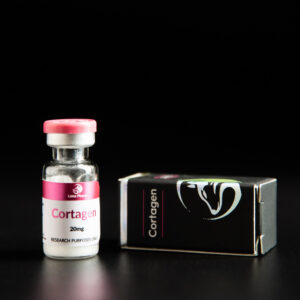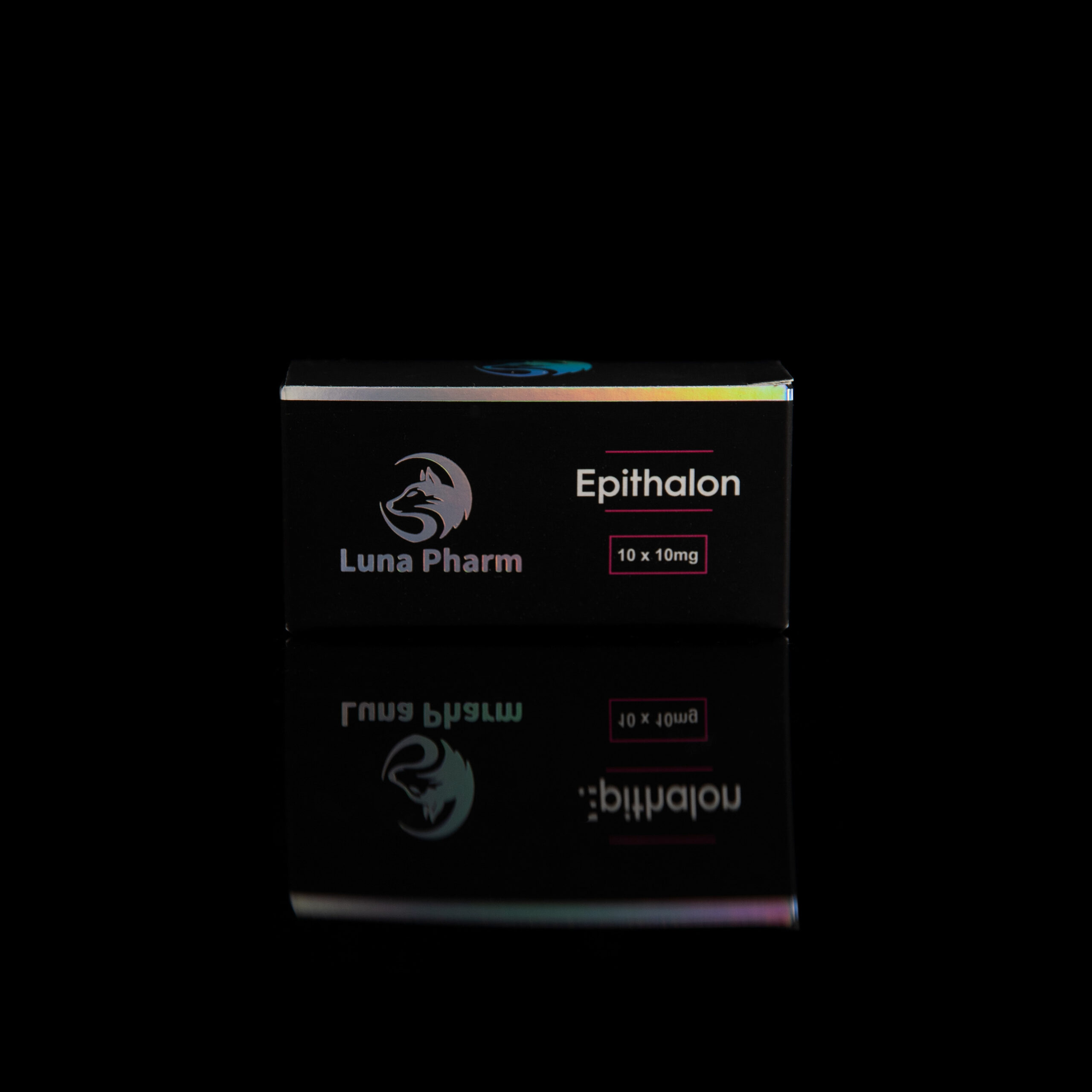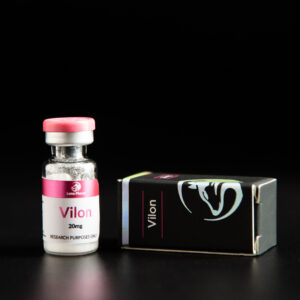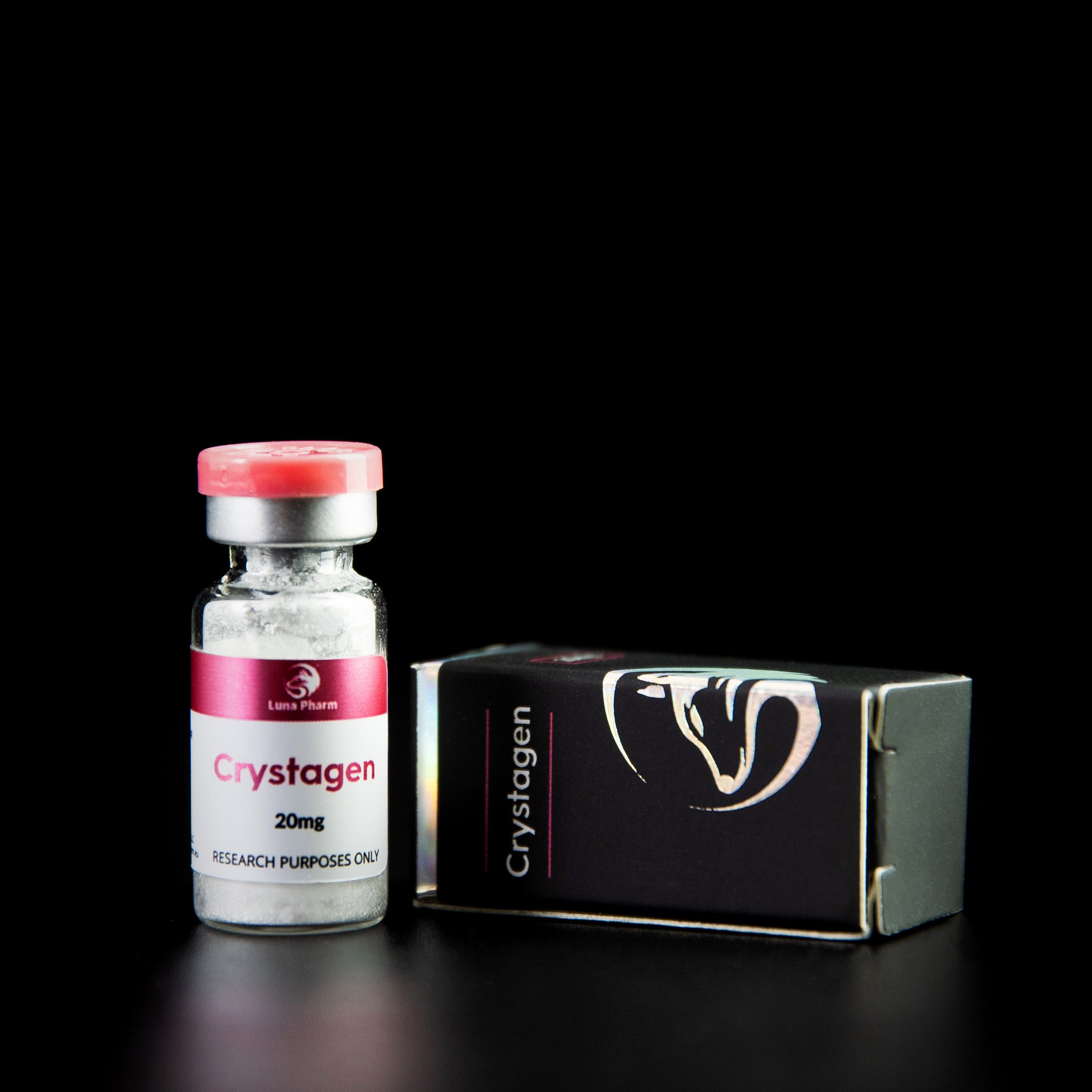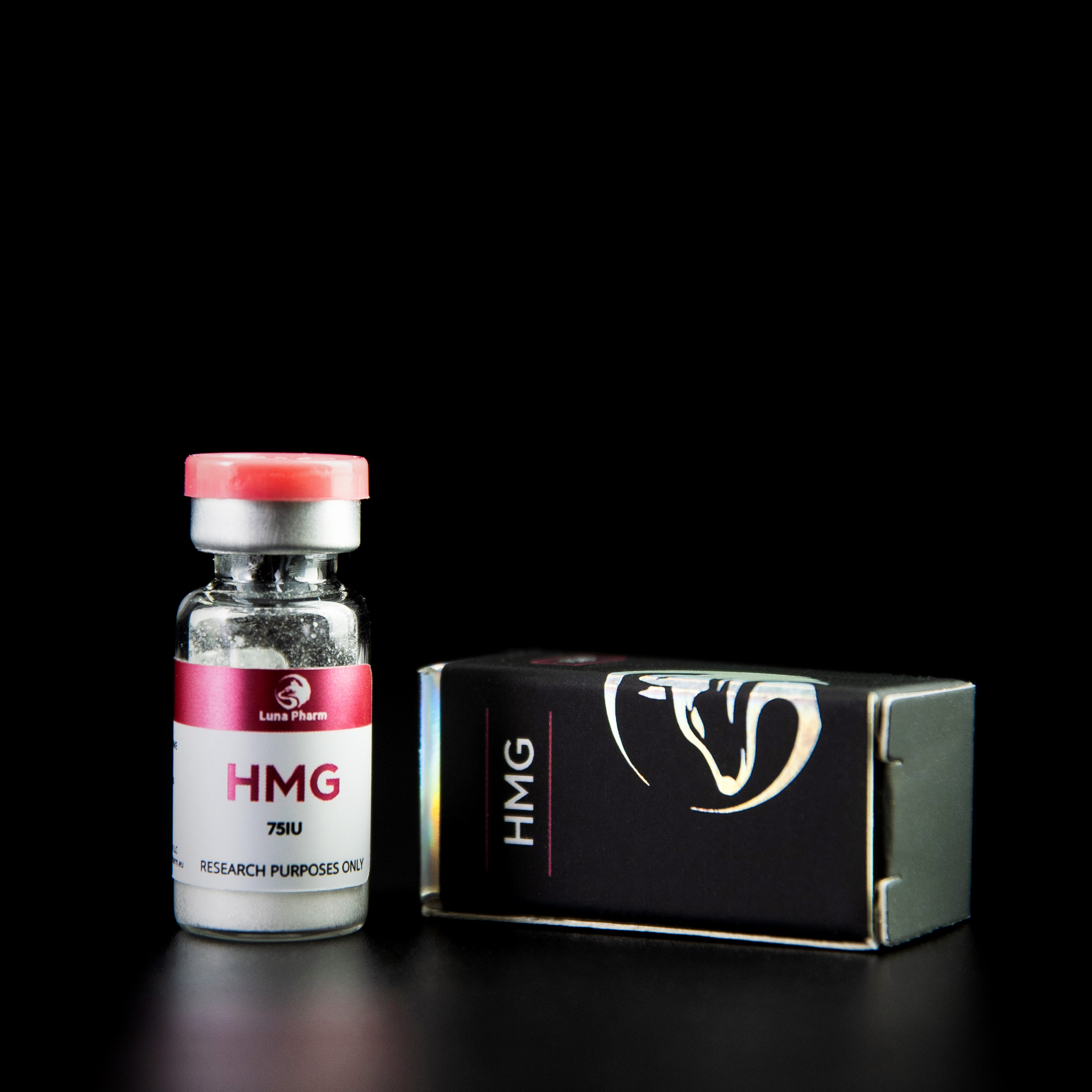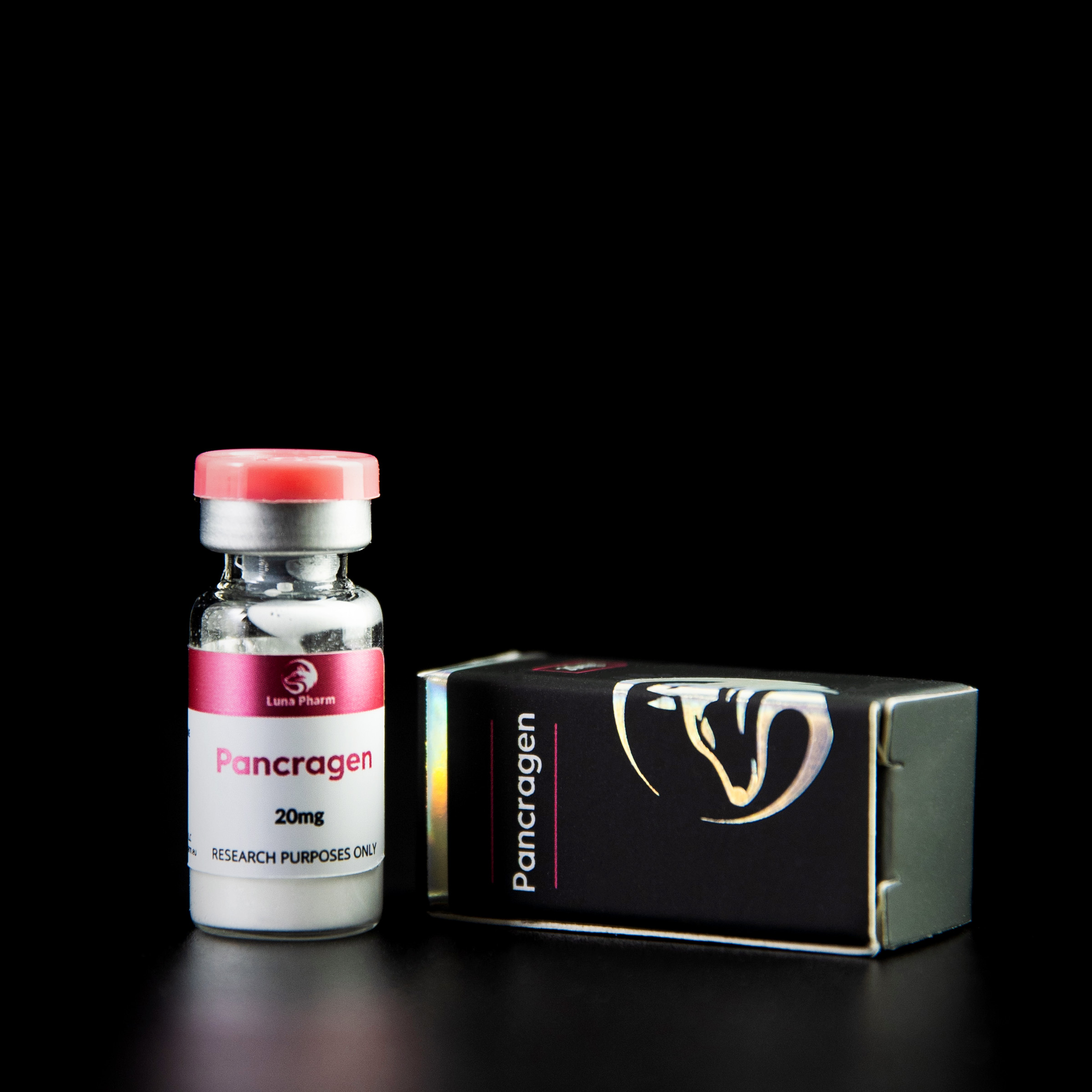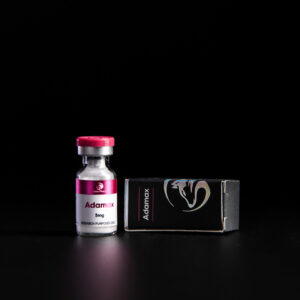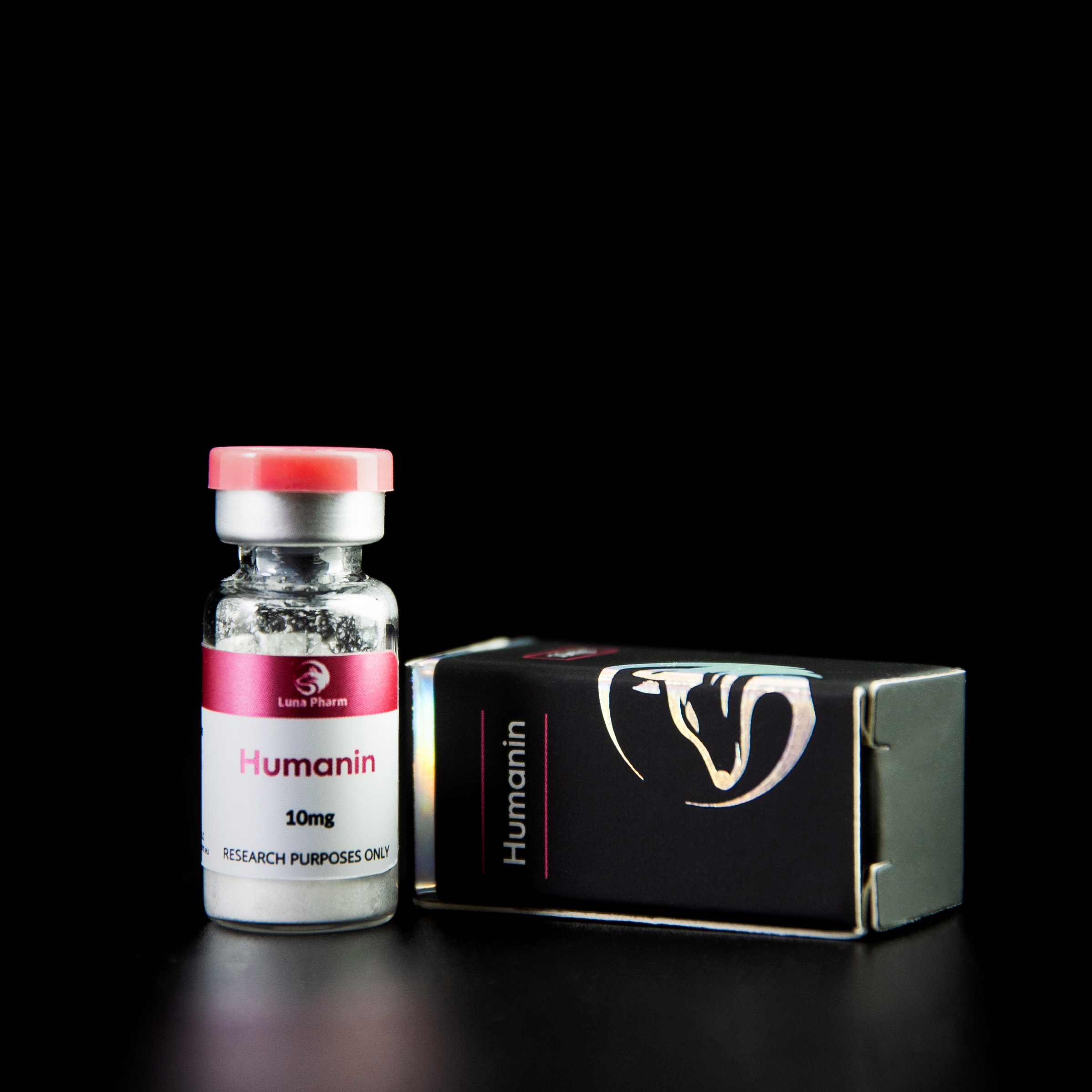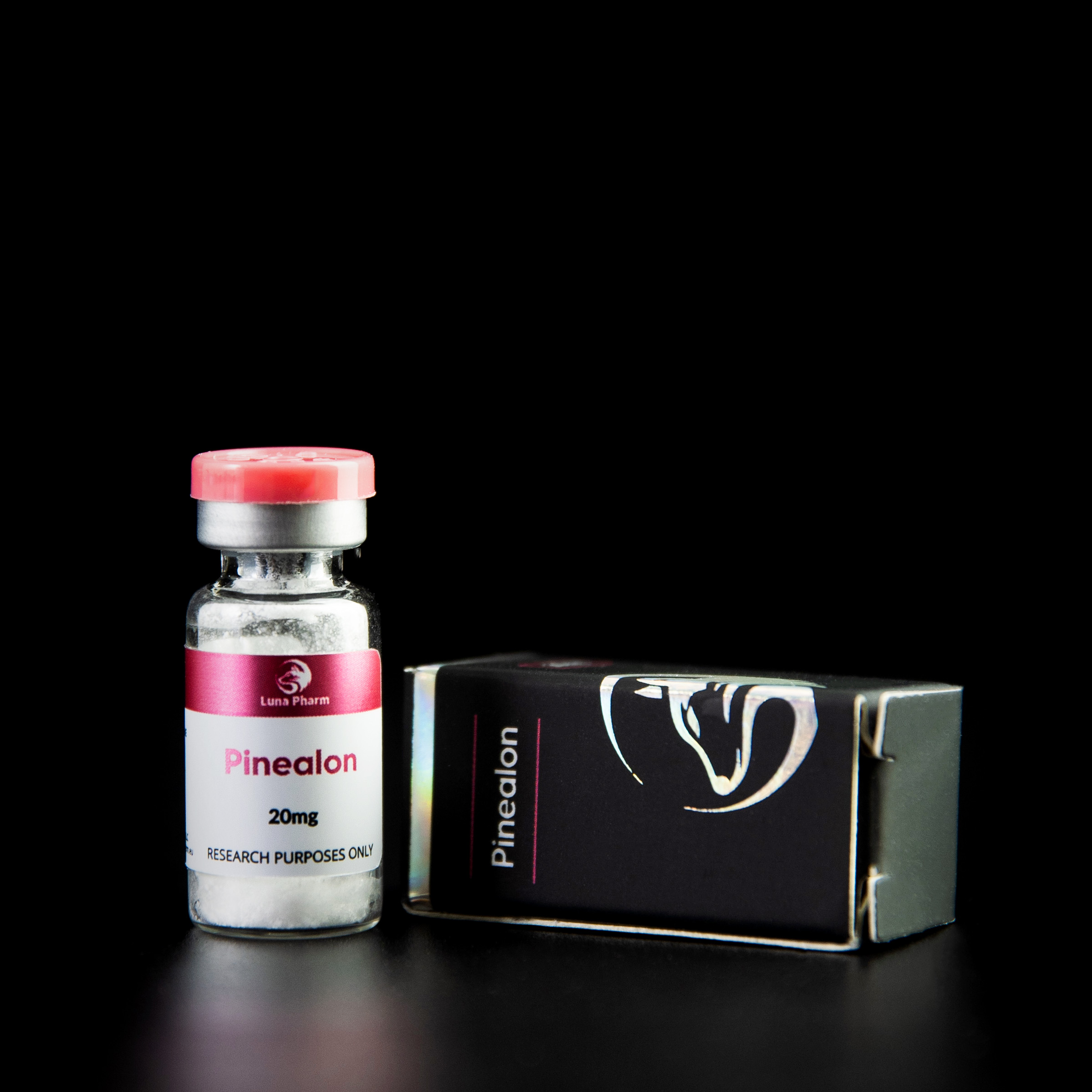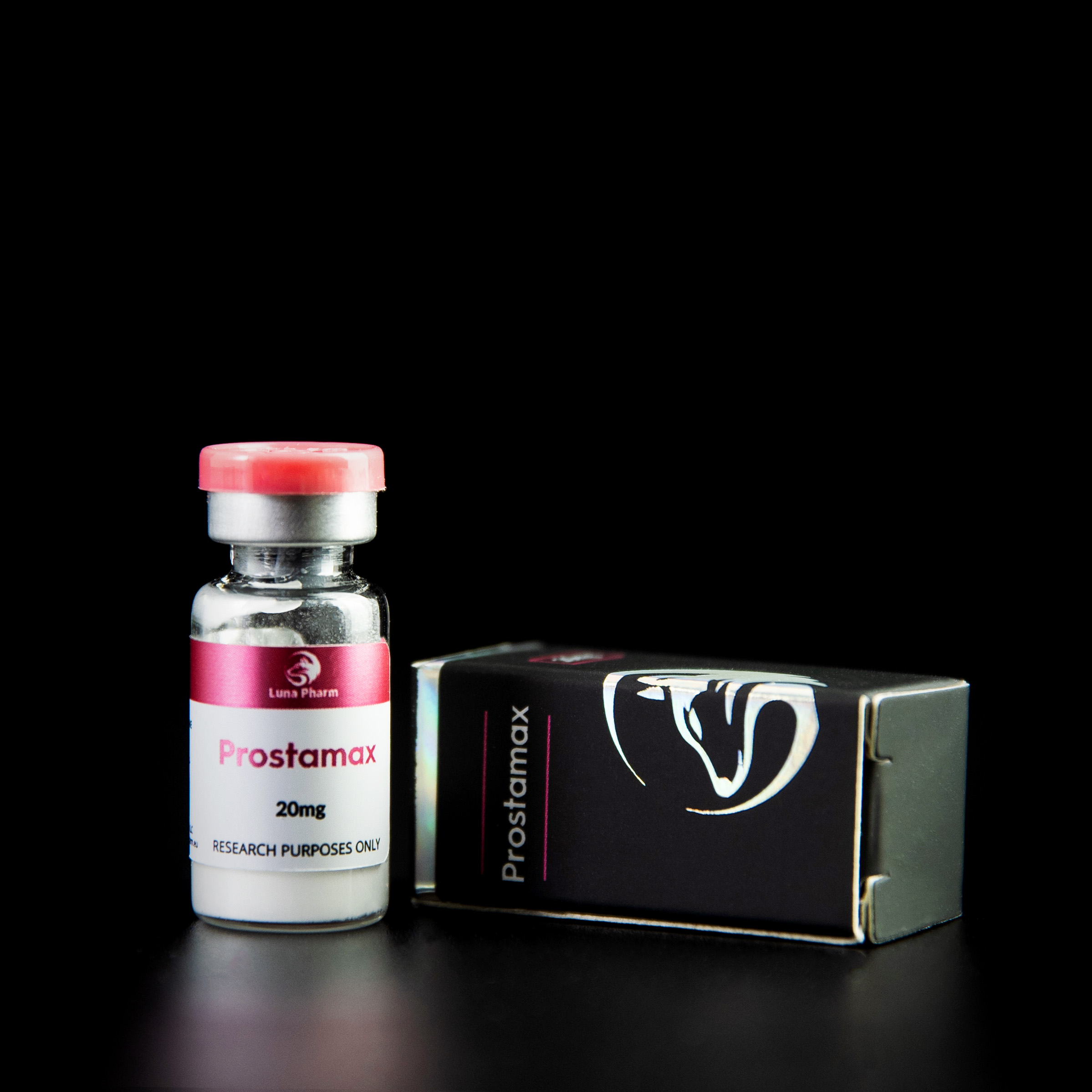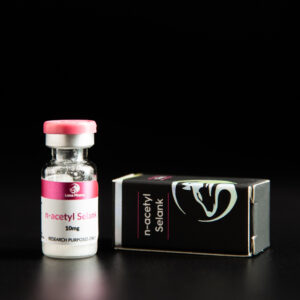Description
I don’t think any of us like to bring up the subject of aging, it is known that each of us would like to stop time, but don’t know too much how.
Let’s start with the question, Why are we aging? Many factors contribute to this process. One of the main reasons is cellular aging. Cellular aging is a process initiated when telomeres “deplete” , but also not only.
In the elderly, the ability to regenerate tissues decreases while the number of old cells increases. The pool of stem cells needed to replace damaged cells is also being depleted. Removal of old cells would involve tissue loss, so it is no longer possible. The increasing proportion of old cells contributes to the maintenance of chronic inflammation in the body and creates conditions conducive to the development of diseases of old age and the formation of cancer.
We can distinguish between two types of cellular aging: replicative and accelerated. Replicative aging results from the exhaustion of the division limit and affects most somatic cell types. Its cause is the shortening of telomeres.
The second type of aging is accelerated aging, SIPS (stress-induced premature senescence). It is independent of telomere shortening. It can be induced by oxidative stress, oncogenes or DNA-damaging agents,
Damage to DNA strands triggers a damage response pathway, the DNA damage response (DDR), whose key protein is p53, known as the guardian of the genome. The p53 protein induces the p21WAF1 /CIP1 (p21) protein, which is an inhibitor of cyclin-dependent kinases and is responsible for stopping cells from cycling, i.e. inhibiting divisions. On the p53 protein depends: whether the cell temporarily stops dividing and repairs the damage during this time, whether the pathway leading to apoptosis is activated when the damage is too great to repair, C. or whether the cell enters the aging pathway when the damage is in telomeric segments.
In recent years, aging cells have become a therapeutic target for age-related diseases. This is because aging cells can disrupt normal tissue function and composition by secreting pro-inflammatory and matrix-degrading molecules, which is known as the specific aging-related secretory phenotype (SASP) . Animal studies over the past decade have shown that selective elimination of aging cells alleviates a number of age-related diseases and even extends life .
FOXO4-DRI as world’s first senolytic in peptide form
FOXO4-DRI is a peptide antagonist designed to block the interaction of the (FOXO4). FOXO4 maintains the viability of aging cells by directing p53 to the nucleus and preventing the induction of apoptosis. Disrupting the p53-FOXO4 interaction using FOXO4-DRI excludes p53 from the nucleus and directs it to the mitochondria to induce apoptosis, ultimately eliminating aging cells.
FOXO-4 D-Retro-Inverso is a slightly modified counterpart of FOXO4, which prolongs its life( mirror image of amino acids). As a result, the peptide is resistant to clearance and has a longer half-life effectively blocking FOXO4.
Under normal conditions, FOXO4 binds to p53, where further differentiation of older cells ( dead cells) occurs. When FOXO4 is blocked, p53 attaches to DNA and further apoptosis of the cell occurs. As a result, the cell can “commit suicide” and transmit no further signal, which can be harmful ( aging cells can become carcinogenic at any time).Once the aging cells are killed, once the toxicity threshold is crossed, healthy cells can develop.
What does it give us?
FOXO4-DRI causes “targeting” of the aging cell resulting in its programmed death. This translates into a reversal of biological age, better functioning of the body through growth and differentiation of younger cells.
In one Study, the addition of FOXO4-DRI to damaged leydig cells resulted in the healing of LOH (late onset hypogonadism) which resulted in increased ITT and testosterone levels and restoration of normal leydig function.
The peptide is dedicated to people over 40 and is a kind of bioregulator, meaning we don’t have to apply continuously.
What we can expect from the administration of FOXO4-DRI
-Cell Cycle Regulation
-Retreating the biological age in a real way
-Slowing the depletion of stem cells
-Prevention of diseases of old age
-The experience of living in a continuous century
-improving insulin signaling


